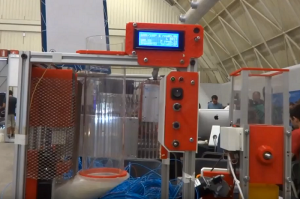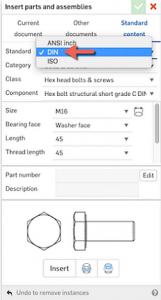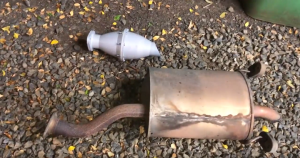For those of us who were drawn into the world of 3D printing because of the seemingly limitless possibilities of open source hardware, there is an obvious sense that something has died. It would be hard to attribute the gaping hole left by the once vibrant maker movement to a lack of zeal on the part of its members, so one wonders what exactly happened to kill off the DIY revolution that was supposed to completely change the way we live our lives.
To understand how exactly the maker movement was unmade, we will be investigating various players involved, exploring the RepRap forums, and, hopefully, hearing from some of you to learn of any behind-the-scenes machinations meant to unmake open-source machines (if such scheming exists beyond this paranoid author’s mind). We’ll begin with Maker Media.

The company was started in 2005 with the publication of MAKE: magazine, in which readers were guided through some of the most ingenious DIY or DIWO (Do-It-With-Others) endeavors imaginable. Just a year later, the first Maker Faire was launched just outside of San Francisco, giving these see-to-believe projects the physical space that they deserved.
Over the course of 15 years, Maker Media became more than a brand, but the symbol of a revolution in thinking and living in which it was possible to join together with a community and craft enjoyment out of scraps and off-the-shelf materials. And not just in the U.S., but all over the globe, with over 240 Maker Faires taking place in over 40 countries in 2017.

A marshmallow cannon at the White House “Week of Making”
Maker Faires and Mini Maker Faires popped up everywhere from China, Australia and Spain to the UK, Italy and Chile. There was even a Maker Faire hosted at the White House in 2014, meant to underscore the potential of U.S. youth as well as a revitalization of the country’s manufacturing prowess, previously outsourced for cheap labor.
At the same time as the success of the revolution continued, the company that had sparked the movement began to falter. In January 2016, Maker Media laid off 17 employees. In 2019, eight workers were let go in March before the rest of the staff was fired in June, at which point the company ceased operations.
This came despite the fact that the company’s largest Maker Faire, in the Bay Area, met its sales targets and maintained 125,000 paid subscribers to its magazine. However, according to TechCrunch, “high production costs in expensive cities and a proliferation of free DIY project content online had strained Maker Media.” Corporate sponsors were no longer as enthused, with Microsoft and Autodesk declining to sponsor the 2019 Bay Area event.
Maker Media may be down but is not entirely out. In July, it was reported that Dougherty had revived the company using his personal finances, hiring back 15 of the 22 fired staff members and relaunching MAKE: as a quarterly (from six issues a year to just four). It continues to license its logo to Maker Faire events.
Reborn as Make: Community, Maker Media now offers subscribers access to the digital magazine, members directory, a community platform and exclusive videos. If the company is fully revived, subscribers will also have access to maker and makerspace directories, Maker Faire ticket giveaways, chat forums with staff and guest MCs, and “a voice in the direction and causes of Make: Community.” Make: Community is also seeking “Corporate Members,” who will benefit from “priority access to innovating professionals, makers, and consumers” in the Make Community Network.
Even Dougherty seems unsure about the survival of his brand. He told a small meetup in Oakland, “I’d be happy if someone wanted to take this off my hands.” So, at this point, it’s more than a little unclear about whether or not Make: Community will be able to continue forward.

MakerBot 3D printers in reverse chronological order of development.
The flatlining of Maker Media was just one almost-death among the death of many maker movement symbols, including Printrbot and RepRapPro Ltd. Just a month ago, LulzBot nearly kicked the bucket. Throughout this journey, we’ve also had our innocence lost, with Kickstarter not only hosting countless disreputable projects, but even engaging in union busting. Then, of course, we saw MakerBot and Ultimaker leave their maker roots in the search for industry profits.
So, what happened exactly? As Open Works founder Will Holman suggests, are even DIY-ers just not fit enough to really work with advanced components manufactured by big corporations?
Before a death knell was even sounded, Evgeny Morozov described a number of fatal flaws in the maker movement in the New Yorker. For instance, perhaps there never really was a countercultural movement to begin with, but rather a rearrangement of or tinkering with the existing parts of capitalist consumer society. Or maybe moneyed interests saw a profitable opportunity in the Making and co-opted the movement, thus sucking it of its lifeforce and destroying it. Or maybe all of the above.
As we explore the other victims undid with the unmaking of the maker movement, we hope to answer these questions and fill in the blanks in our picture a bit further.
The post The Maker Movement Unmade, Part 1: Maker Media appeared first on 3DPrint.com | The Voice of 3D Printing / Additive Manufacturing.









